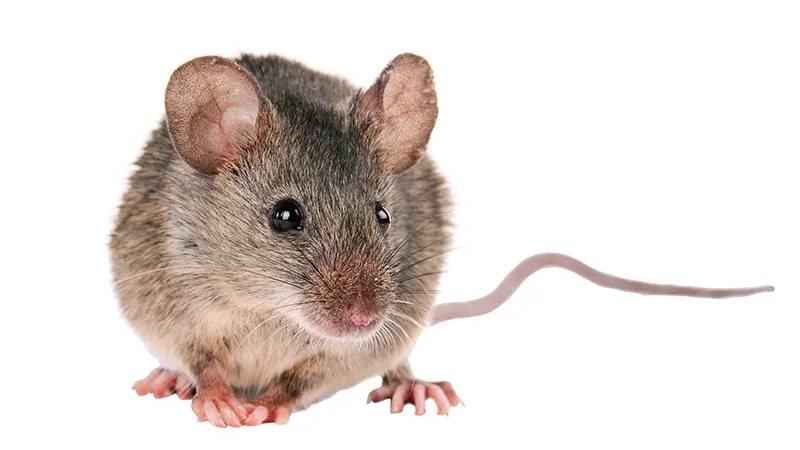
House Mice Information

House Mice
More about House Mice
House mice are typically small, measuring between 2.5 to 4 inches in length, with a tail that adds an additional 2.5 to 4 inches. They have round bodies covered in short fur that varies in color, ranging from light brown to gray. House mice have large ears, small eyes, and a pointed snout. They are excellent climbers, jumpers, and swimmers, allowing them to navigate and explore their surroundings with ease.
These rodents are nocturnal creatures, preferring to forage and explore during the night. They are omnivorous opportunists, consuming a wide range of food sources including grains, seeds, nuts, fruits, vegetables, and even insects. House mice possess keen senses of smell, hearing, and touch, which aid them in locating food and detecting potential threats.
House mice have a high reproductive capacity, with females capable of producing 5 to 10 litters per year, each consisting of 4 to 7 pups. The gestation period lasts approximately three weeks, and the young mice mature rapidly, reaching sexual maturity within five to six weeks. This rapid breeding cycle enables house mice populations to grow quickly under favorable conditions.
House mice pose various risks to human health and can cause damage to buildings and structures. They can carry and transmit diseases such as salmonellosis, leptospirosis, and hantavirus through their droppings, urine, and direct contact. Additionally, house mice are notorious for their gnawing behavior, which can lead to damaged electrical wires, woodwork, insulation, and other building materials. Their destructive tendencies can cause costly repairs and create fire hazards.
Controlling house mice populations requires a proactive and multifaceted approach. Integrated Pest Management (IPM) strategies are commonly employed to effectively manage infestations.
Preventive measures play a crucial role in mouse control as well. Proper sanitation and hygiene practices, including the regular removal of food and water sources, help deter mice from infesting homes. Sealing cracks, gaps, and openings in buildings helps prevent their entry. Storing food in rodent-proof containers and keeping outdoor areas tidy can also minimize the risk of infestation.
Control methods may include trapping and baiting. Snap traps or live traps can be strategically placed along mouse runways or near entry points, while baiting involves using rodenticides specifically formulated for house mice. It is essential to follow safety guidelines and regulations when using these methods to ensure the well-being of humans, pets, and non-target animals.
House mice are persistent pests that can cause significant damage to homes, structures, and human health. Their adaptability, rapid reproduction, and destructive tendencies make them a formidable challenge. By implementing preventive measures, practicing good sanitation, and employing effective control strategies, we can minimize the risks associated with house mice infestations. Collaboration between homeowners, communities, and professional pest control services like BREDA is crucial in successfully managing these unwelcome intruders. With vigilance and proactive efforts, we can create healthier and more comfortable living environments, free from the nuisance of house mice.



